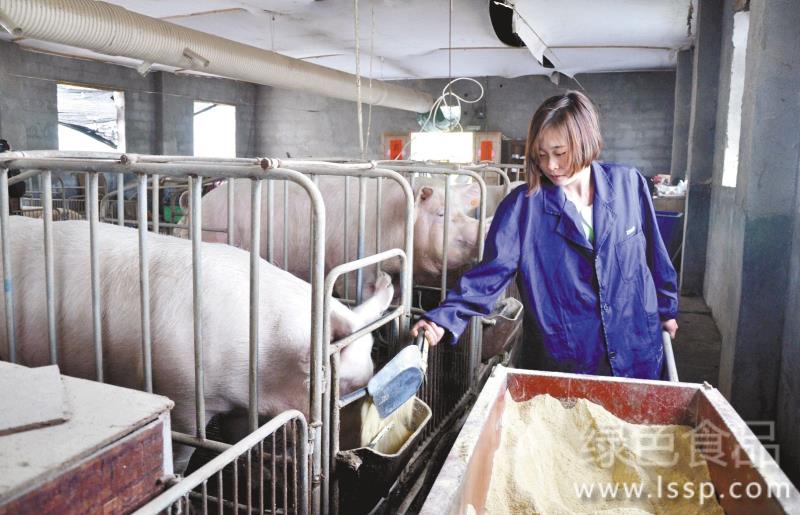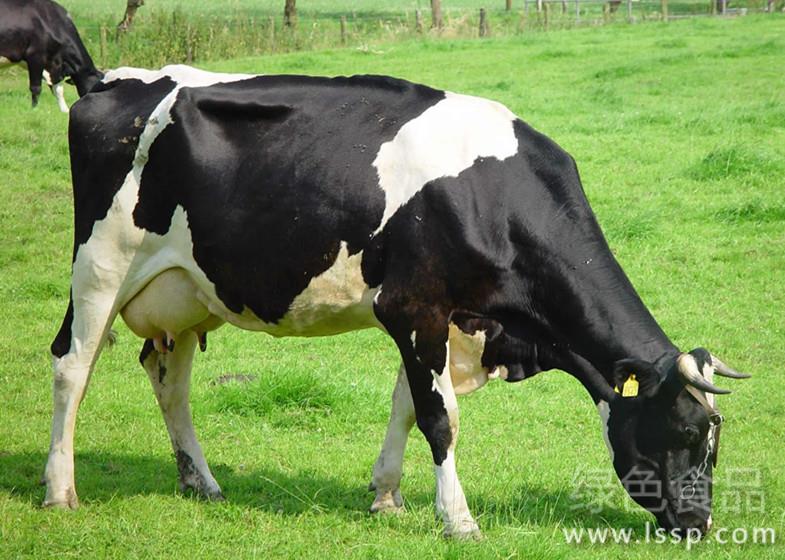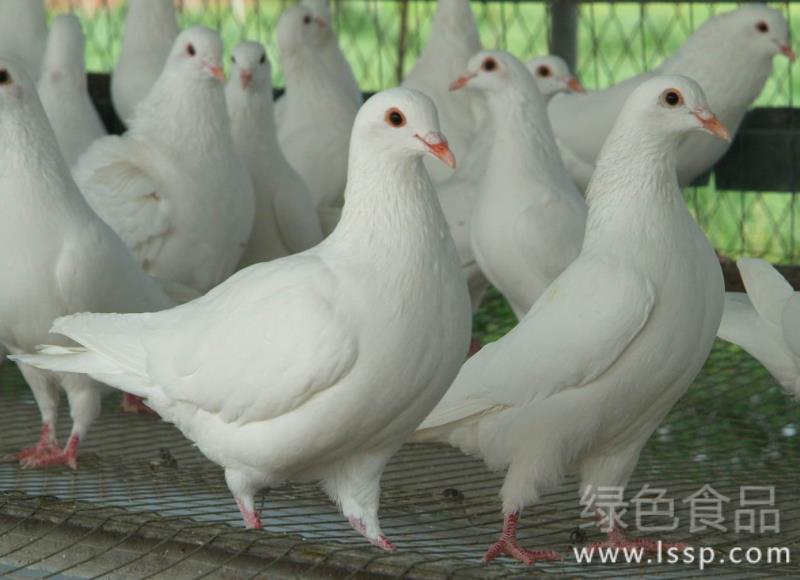Three key measures for raising pigs in summer with less food intake and poor disease resistance
In summer, the feed intake and resistance of pigs decreased. Especially pregnant sows, if mismanaged, piglets are likely to develop abnormally, or even have a miscarriage. How to effectively feed and manage pigs in order to enhance disease resistance and improve production capacity has become a distressing problem for pig farmers in summer. Therefore, when raising pigs in summer, pay attention to three points:

Raising pigs
First, adjust the temperature in the house.
In order to keep the piggery well ventilated to reduce the temperature in the pigsty, the air inlet and outlet can be set in the appropriate position of the piggery, such as a large area of the piggery, fan should be installed and ventilated to cool down. Unconditionally, you can build a shallow pool in the pigsty or sprinkle water directly on the ground to cool the pig in the water; you can also use a sprayer to spray the water mist on the pig and take away the heat from the pig through water vapor evaporation to achieve the purpose of cooling. The temperature of the pigsty is about 25 ℃, it is better not to exceed 30 ℃.
2. Keep the environment clean
In order to prevent infectious diseases, attention must be paid to the cleaning and disinfection of pig houses. Wash the sink and food trough regularly, remove the feces in time, and disinfect the area around the pig house irregularly. There are many mosquitoes in summer, such as pigs are bitten by mosquitoes for a long time, not only affect production, but also easy to cause disease. So to kill the pest in time, trichlorfon with the right amount of water, spray, the concentration can not be high, otherwise it is disadvantageous to the pig.
Third, improve the nutrition level of feed.
At high temperature, the nutritional level of pig feed should be properly improved, and the feeding mode should be adjusted to ensure that pigs are full and well fed when it is cool in the morning and evening. An appropriate amount of baking soda can be added to the diet of fattening pigs to promote appetite and prevent poisoning, and an appropriate amount of cooking oil can be mixed into pig feed to increase energy. In hot environment, vitamin C can be added to feed to resist heat stress, which can not only increase the disease resistance of pigs, but also promote wound healing and intestinal iron absorption.
Related
- On the eggshell is a badge full of pride. British Poultry Egg Market and Consumer observation
- British study: 72% of Britons are willing to buy native eggs raised by insects
- Guidelines for friendly egg production revised the increase of space in chicken sheds can not be forced to change feathers and lay eggs.
- Risk of delay in customs clearance Australia suspends lobster exports to China
- Pig semen-the Vector of virus Transmission (4)
- Pig semen-the Vector of virus Transmission (3)
- Five common causes of difficult control of classical swine fever in clinic and their countermeasures
- Foot-and-mouth disease is the most effective way to prevent it!
- PED is the number one killer of piglets and has to be guarded against in autumn and winter.
- What is "yellow fat pig"? Have you ever heard the pig collector talk about "yellow fat pig"?



